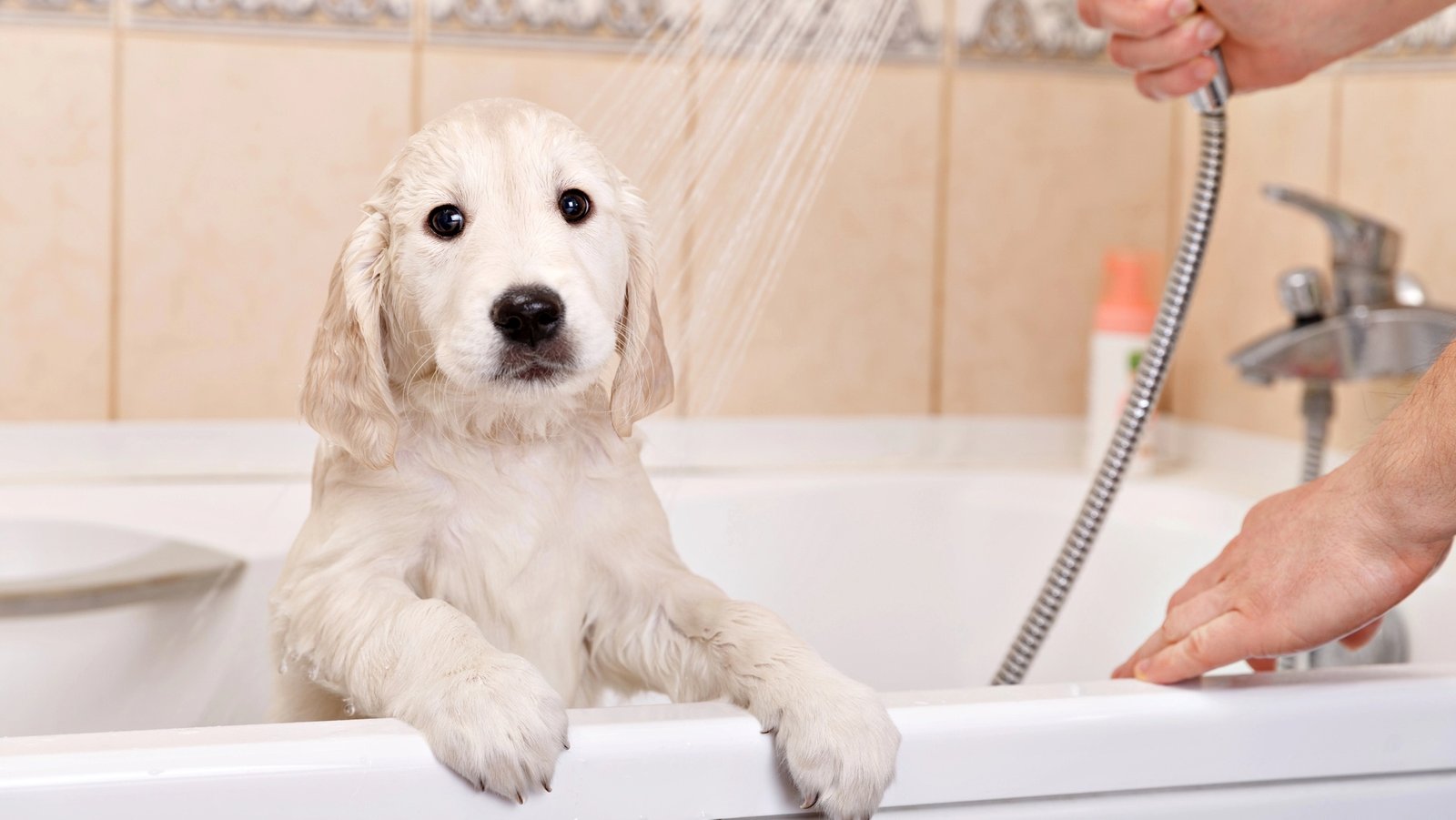Bathing a dog who doesn’t like water can feel like trying to perform a magic trick with a very wiggly, reluctant assistant. It’s no secret that some dogs act like water is their ultimate nemesis—shying away from the hose, darting from the tub, or giving you those heart-melting “please don’t” eyes. But don’t worry! With the right approach, a little patience, and a few clever techniques, even the most water-averse pups can enjoy a stress-free bath. In this guide, we’ll explore practical tips to help you turn bath time into a manageable, and maybe even enjoyable, experience for you and your furry friend.
Understanding Canine Aquaphobia
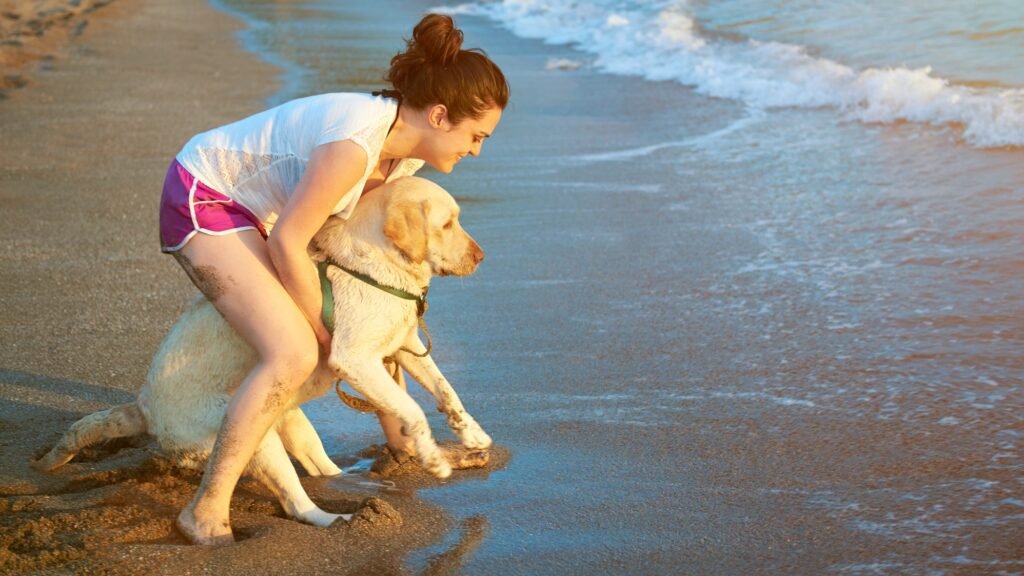
Bathing a dog that dreads water can be a challenging task for any pet owner. Understanding the root of your dog’s aquaphobia is the first step in making bath time a less stressful experience. Some dogs develop a fear of water due to past negative experiences, sudden changes in their environment, or simply because they find water unpleasant.
Establishing Trust and Safety

Creating a safe and trusting environment is crucial. Before introducing your dog to water, spend time with them in the bathroom or the area where you plan to bathe them. Use soothing words and gentle petting to reassure your pet. It’s important to associate this space with positive experiences.
Choosing the Right Location and Supplies
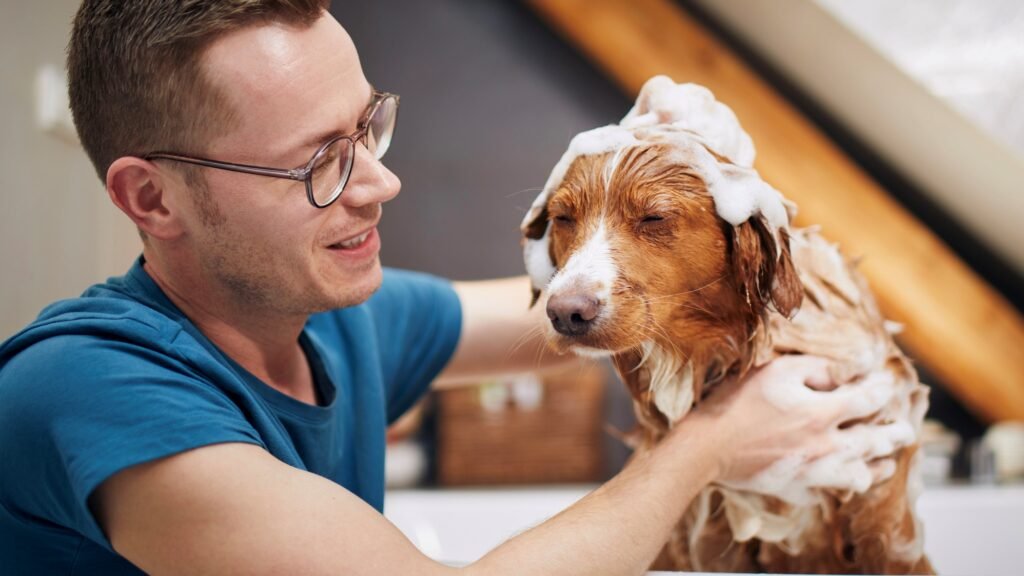
Select a suitable area for the bath. A bathroom tub or a garden with a hose are common choices. Ensure the space is secure, with non-slip surfaces to prevent accidents. For smaller dogs, using a sink or a portable dog bath may be more manageable. Before bringing your dog to the bathing area, gather all the necessary supplies. This includes dog-specific shampoo, a brush, towels, treats, and a cup or handheld showerhead. Having everything ready helps streamline the process and minimizes your dog’s anxiety.
Introducing Water Gradually

Start by gently wetting your dog’s feet with a damp cloth. Gradually progress to other parts of the body, allowing your dog to adjust at their own pace. Speaking calmly and offering treats can help reinforce positive behavior.
Using the Right Water Temperature
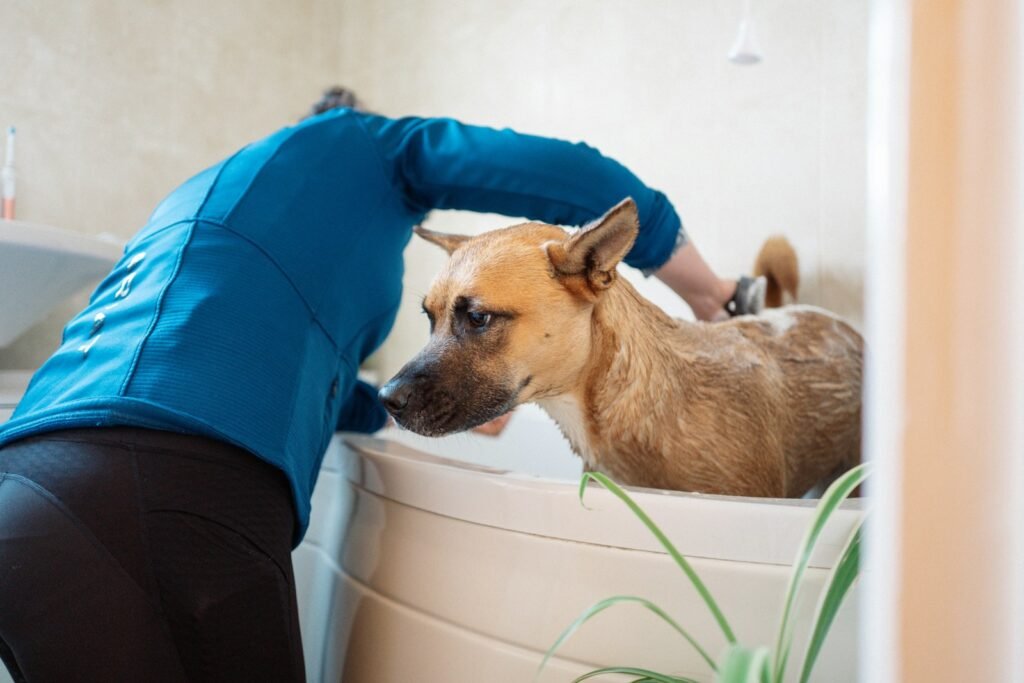
Ensure the water is lukewarm before you begin the bath. Water that is too cold or too hot can exacerbate your dog’s fears. Always test the temperature with your wrist to confirm it’s comfortable for your pet.
Making It a Positive Experience
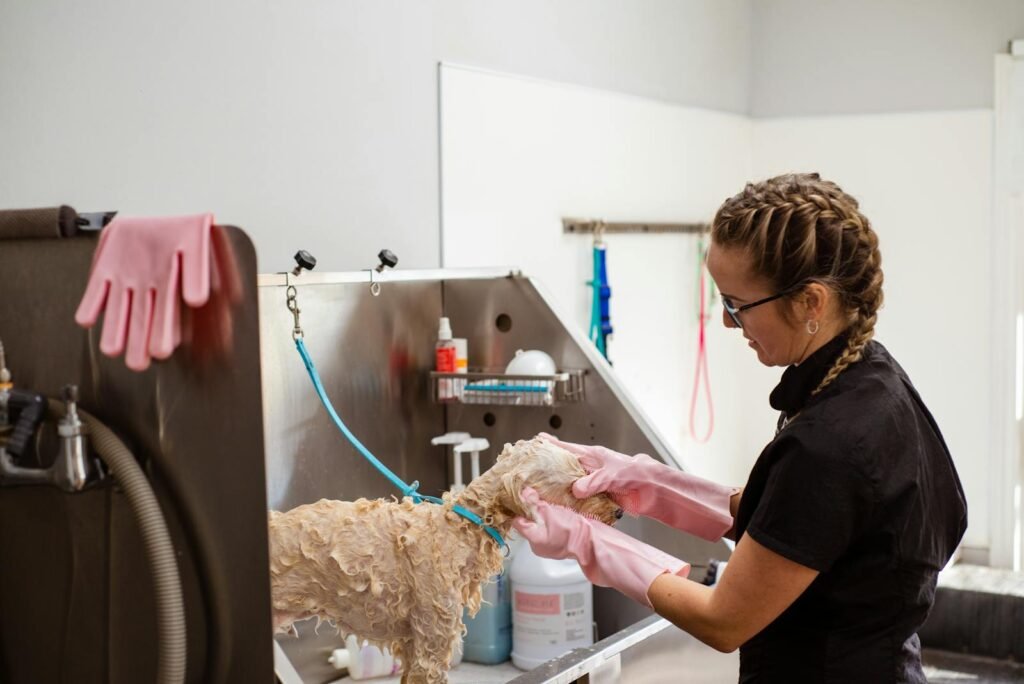
Positive reinforcement can make a significant difference. Offer treats and praise throughout the bathing process to create a positive association with being in the water. This can help make future baths less stressful. Don’t rush the bathing process, as this can increase your dog’s anxiety. Avoid spraying water directly on their face and ensure soap doesn’t get into their eyes or ears. Being gentle and patient is key.
Drying Off Properly
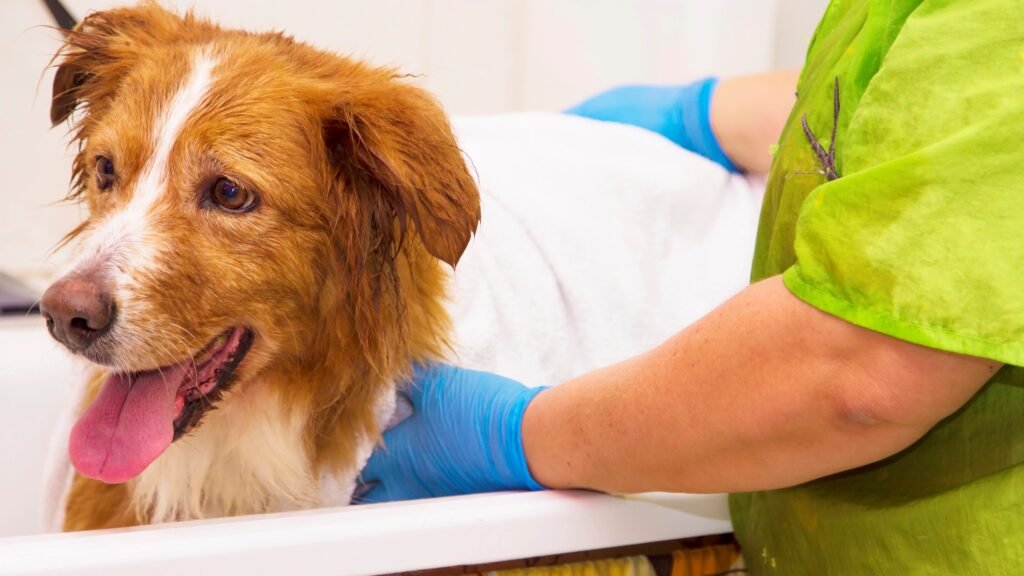
After the bath, dry your dog thoroughly with a towel. Some dogs may enjoy the sensation of an air dryer, but others might find it frightening. If you decide to use an air dryer, keep it at a low setting and at a safe distance from your dog.
Seeking Professional Help
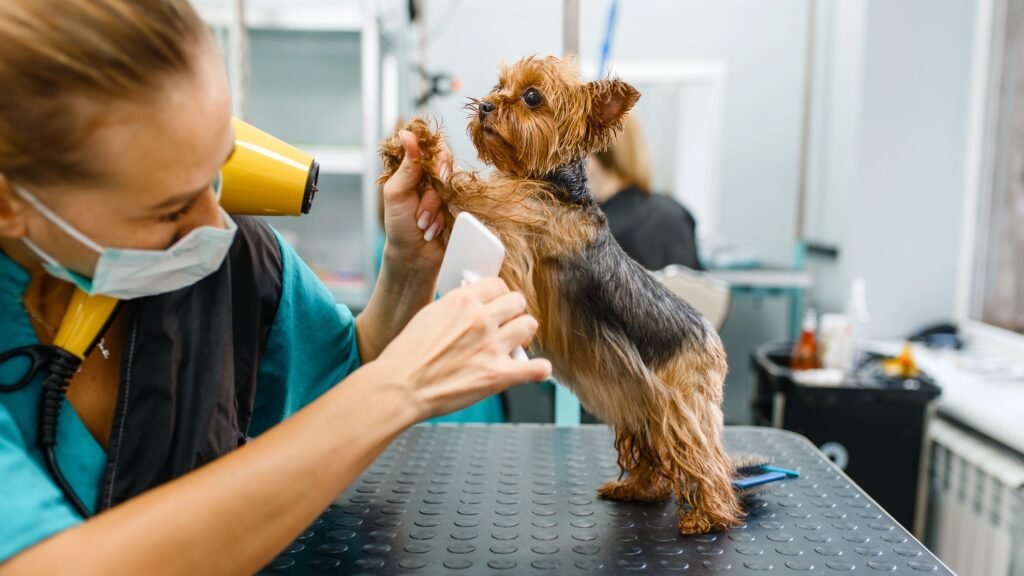
If your dog’s fear of water doesn’t improve or if the bathing process remains overly stressful, seeking the help of a professional groomer or a veterinary behaviorist might be beneficial. These professionals can offer techniques and advice tailored to your dog’s specific needs. Bathing a dog who doesn’t like water takes patience and consistency. By understanding the reasons behind their fear and approaching the task with empathy, you can help your dog become more comfortable with bath time. With time and practice, it’s possible to make this a more enjoyable ritual for both you and your pet.

Andrew Alpin from India is the Brand Manager of Doggo digest. Andrew is an experienced content specialist and social media manager with a passion for writing. His forte includes health and wellness, Travel, Animals, and Nature. A nature nomad, Andrew is obsessed with mountains and loves high-altitude trekking. He has been on several Himalayan treks in India including the Everest Base Camp in Nepal.

